This weekend, televisions around the world will tune into to watch the first race of the 2014 FIA Formula One Championship take place in Melbourne, Australia. Of particular interest to all F1 fans will be the new looking cars with their revolutionary new power units. Formula One has undergone another drastic change in the rules, prompting engine manufacturers to clean-sheet design an integrated turbocharged electric-combustion powertrain system. Of course in addition to the new engine specifications, the governing body also revised the rules controlling the size and shape of the allowable external aerodynamics package. As a result of these rule changes, each team's aerodynamics departments have been forced to perform a complete overhaul of the aerodynamics of their car. In this video, Australian driver...
Archives
Guest Post: Optimising FSAE Aerodynamics at Monash Motorsport
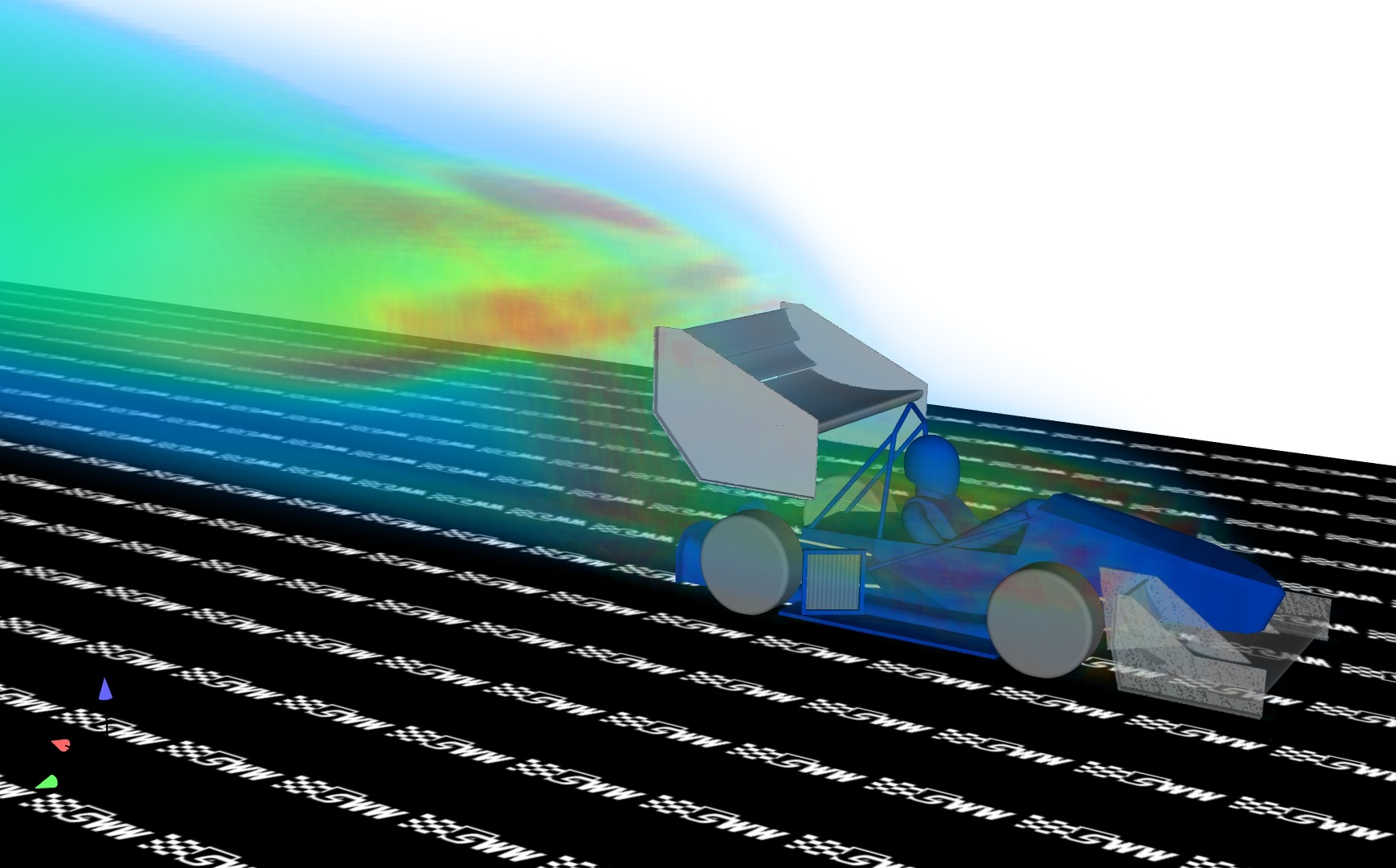
LEAP Australia would like to congratulate the team from Monash University for winning the 2013 Australian Formula SAE Competition. As proud supporters of the Formula SAE Competition, LEAP Australia works closely with many university FSAE teams across Australia and New Zealand, offering assistance through training and mentoring of student team-members who are applying CAE techniques to maximize the performance of their car designs. In this guest post, Monash Motorsport members Scott Wordley, Damien McArthur, Marc Russouw, Luke Phersson and Matt Corallo have kindly provided an insight into their use of ANSYS CFD software to optimise the aerodynamics of the Monash Motorsport M13 car. Formula SAE is a worldwide engineering competition in which teams of student engineers are challenged to design, manufacture and test a...
Astute use of ANSYS CFD contributes to the success of Australian teams at F1 in Schools 2013 World Finals
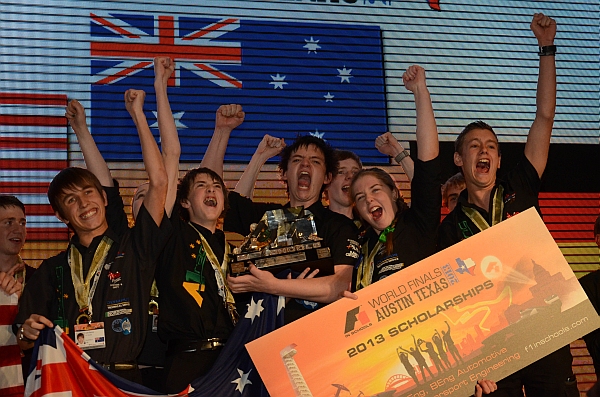
LEAP is very proud to congratulate the students from A1 Racing for winning the F1 in Schools 2013 World Finals in Austin, Texas. A1 Racing are a collaboration team between Pine Rivers in Brisbane, QLD, and Phoenix P-12 in Ballarat, Vic, who have continued the proud tradition of Australian students excelling at this international event by becoming the third successive Australian-based team to win the World Finals (with previous winners hailing from Tasmania and South Australia). In our last post, we mentioned that the use of CFD for aerodynamic design and stability at A1 Racing had already brought some early success, with their team having won the fastest car competition by leading the timetrial event. Later that evening, it was announced that A1 Racing was also the overall...
Congratulations to Australian teams in F1 in Schools 2013 World Finals
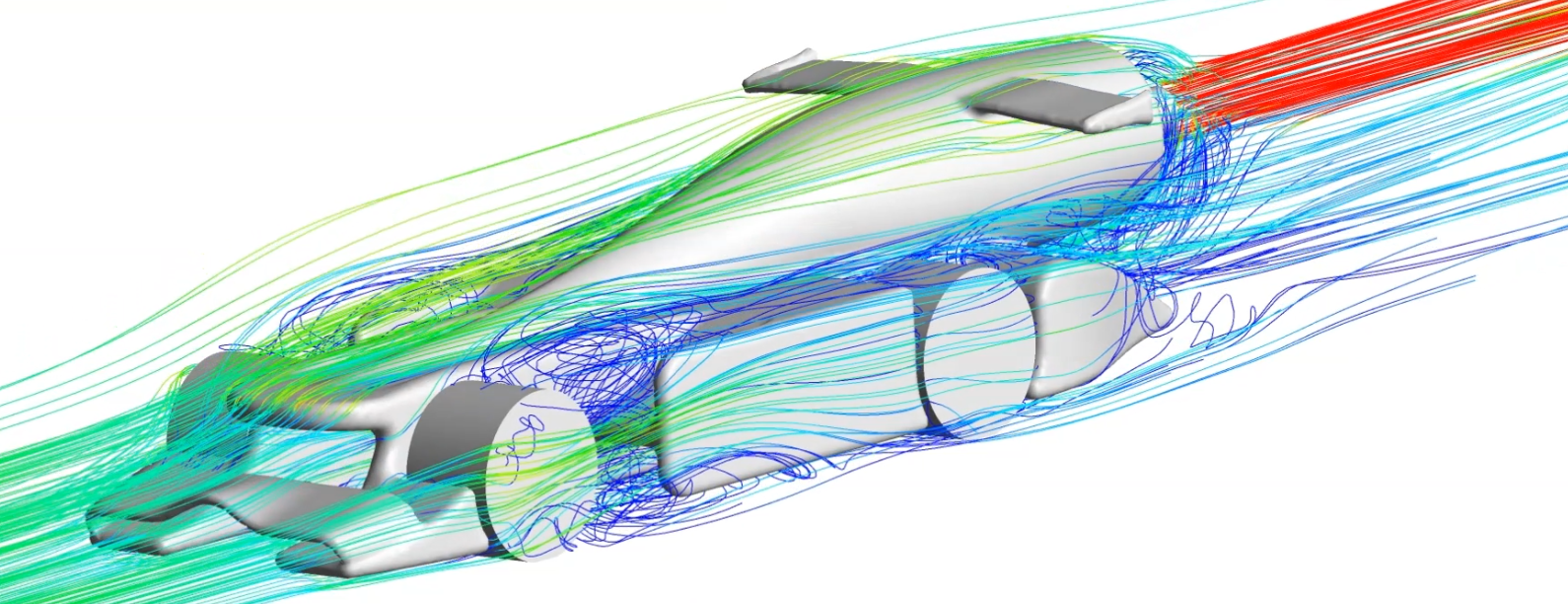
At LEAP we have a long-standing relationship with all the major universities in Australia and New Zealand. Our participation extends from the supply of best-in-class engineering software to other important activities such as guest lectures and hands-on workshops/training classes for both academic staff and students. We also have an ongoing commitment to regularly employ new graduate engineers, many of whom have made their interest in CAE known to us during these earlier on-campus visits. Our frequent interactions with university staff and students have served to underline the importance of the effective teaching of science, technology, engineering and mathematics (STEM) related subjects. Indeed, we can see how an early passion and engagement in these STEM subjects can make all the difference to help a student successfully pursue a career in engineering...
Can CFD help to solve Australia’s greatest aviation mystery?
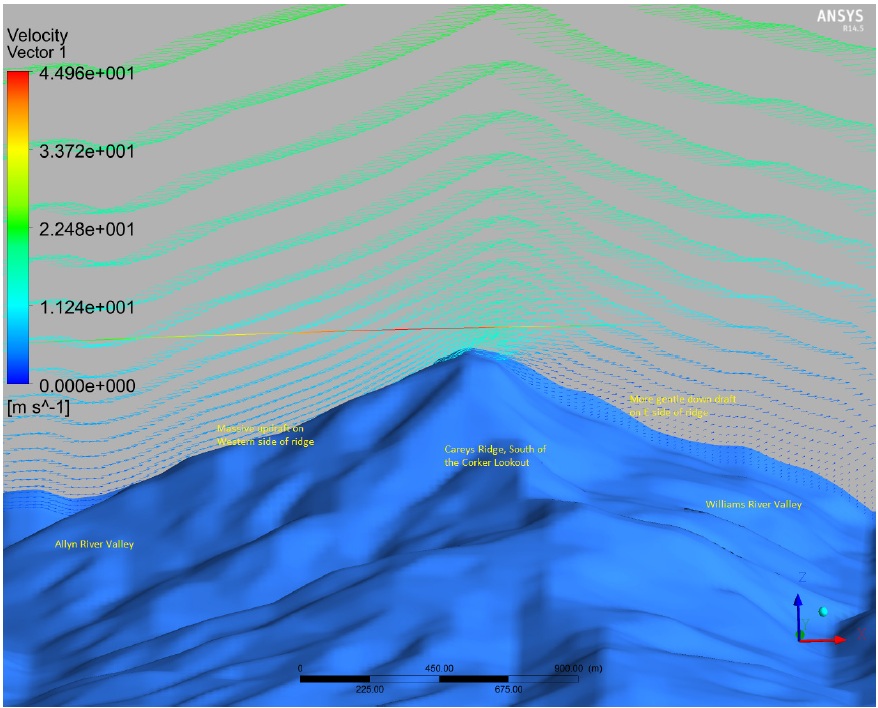
On a stormy night in August 1981, a Cessna Centurion 210 aircraft crashed with 5 people on board in Barrington Tops, a rugged and isolated national park north of Newcastle, New South Wales. Despite a massive initial search effort and ongoing attempts by a group of dedicated volunteers, the challenging and complex terrain has conspired to prevent the wreckage from ever being found. To put this into some perspective: according to Corporal Mark Nolan (Pilot, Australian Army), this is the only aircraft to have crashed on mainland Australia and never be recovered. We can only imagine how frustrating and heartbreaking this must be for the victim’s families to be denied this closure. One of the biggest factors that has inhibited previous search attempts is the...
Sunswift leads race to Adelaide in new "Cruiser" class of 2013 World Solar Challenge
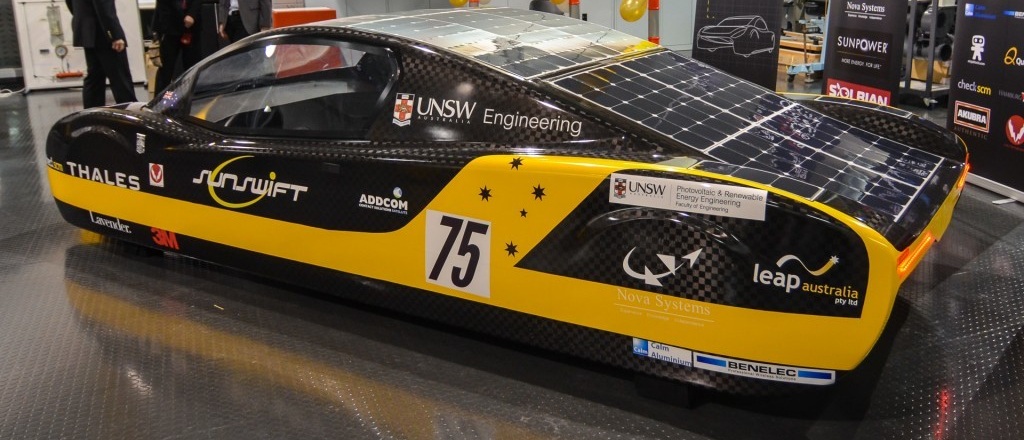
In the past, posters of cars such as the KTM Crossbow and Infiniti Red Bull F1 would adorn the bedroom walls of teenagers who were passionate about motorsport, while solar cars were banished to science fairs as a mere curiosity. Enter the UNSW Sunswift Solar Car Team, who are looking to radically change this status quo by building eVe, a next-generation solar car that the team has described as both “sporty, efficient and beautiful”. Sunswift’s eVe is entered into the newly created “Cruiser” class in the 2013 World Solar Challenge, which concludes today in Adelaide. Behind the flowing aerodynamic curves and shiny carbon fibre, eVe is a complex feat of engineering, combining the best technologies across a range of engineering disciplines (including students studying electrical,...
Turbulence Part 5 - Overview of Scale-Resolving Simulations (SRS)

An increasing number of industrial CFD users are recognising the need to move away from RANS modelling and resolve a greater spectrum of turbulence (particularly in cases involving large-scale separation, strongly swirling flows, acoustics, etc.). Here we present an overview of Scale Resolving Simulation techniques and important considerations when considering applying SRS to your project.
CFD keeps Emirates Team New Zealand on course to reclaim the America's Cup
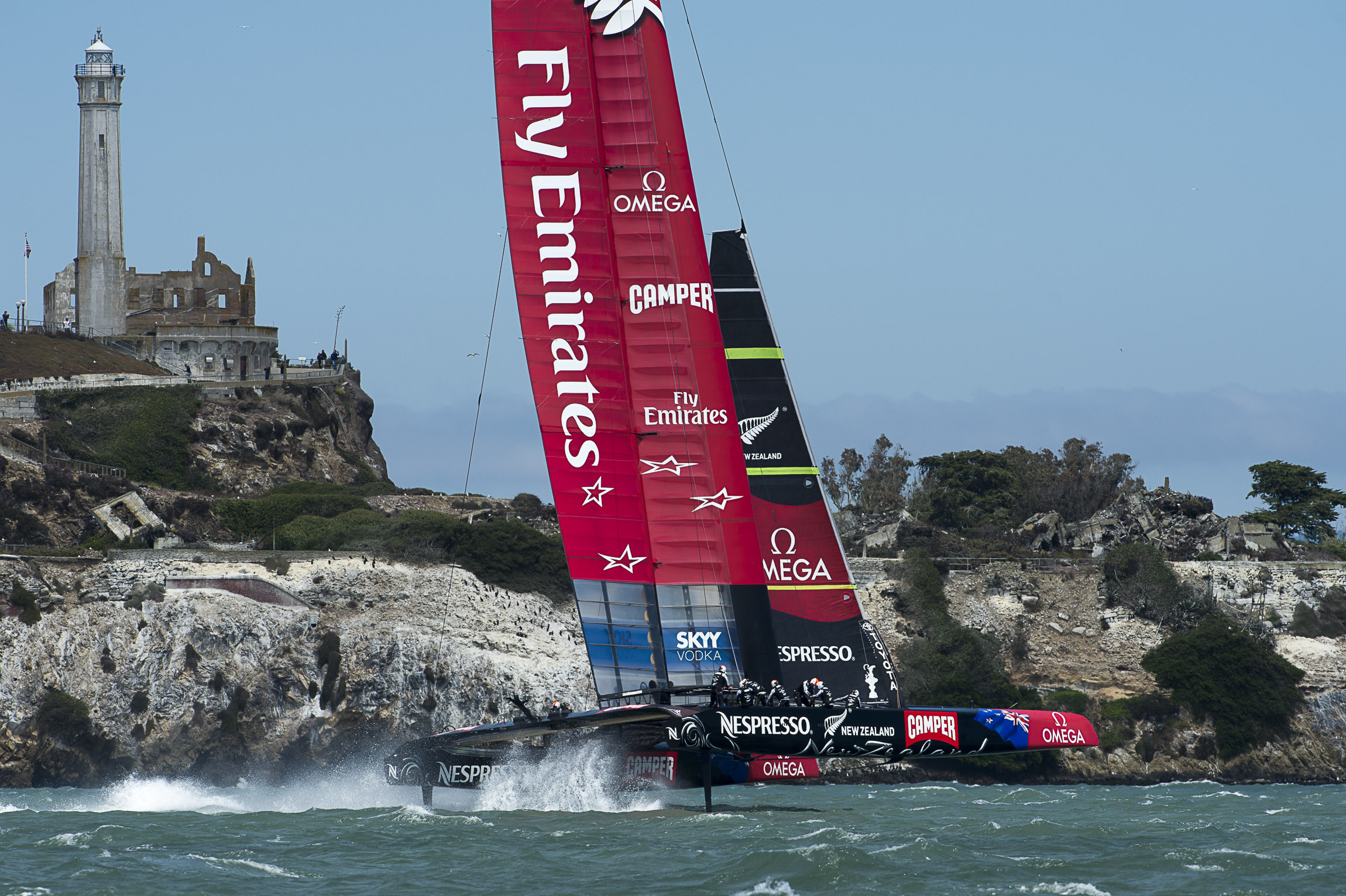
LEAP staff, in particular our team of CFD engineers, have been watching with interest as the 2013 America's Cup unfolds in San Francisco. Despite being the oldest active trophy in international sport, the America's Cup is continually evolving thanks to an often dramatic combination of ...
5 key areas where ANSYS Multiphysics will help overcome the engineering challenges of Elon Musk's Hyperloop
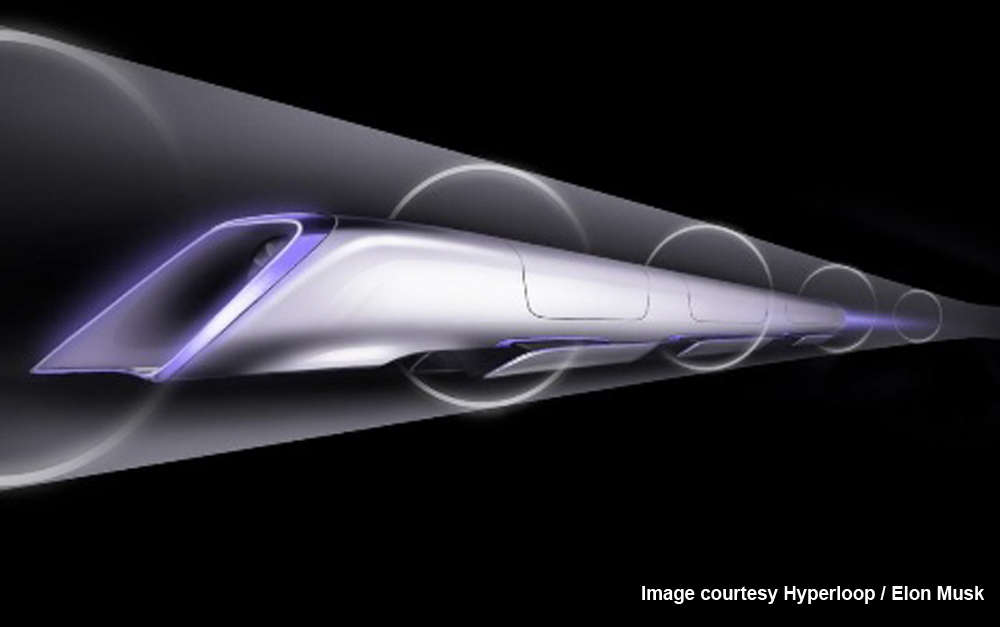
This week marked the public release of Elon Musk's much anticipated proposal for a new mode of high-speed transport to be built between LA and San Francisco, dubbed the Hyperloop. The concept is equally compelling for other busy air routes of between 500-1000 km, such as Sydney to Melbourne (which is the 3rd busiest air route globally, according to Wikipedia). For engineers, the Hyperloop is an exciting concept which promises to provide an alternative to high-speed rail that is both faster, cheaper and more energy efficient, but the reality is that numerous engineering challenges need to be overcome to deliver this project on-time and on-budget with an acceptable level of safety (in one of the most seismically-active regions on earth!). ANSYS Multiphysics software is uniquely placed to help the eventual collaboration...
Tips & Tricks: Estimating the First Cell Height for correct Y+


